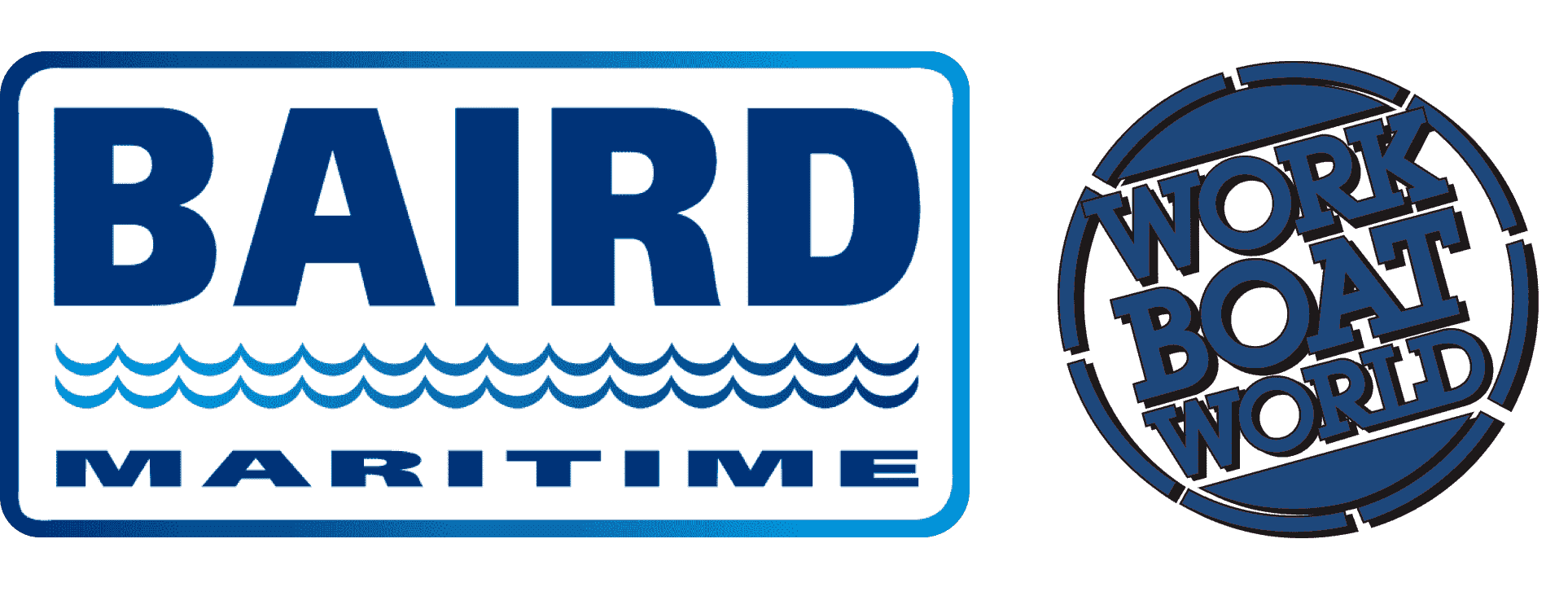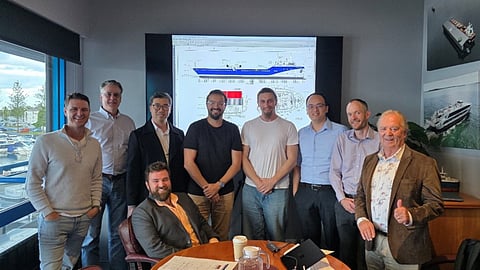International workshop studies feasibility of installing micro modular nuclear reactors on ships
Lloyd’s Register (LR) recently conducted a hazard identification (HAZID) workshop to evaluate the potential risks and operational factors for modular micro reactor (MMR) nuclear technology in maritime settings.
The international workshop, in collaboration with Australia-based ship design group Seatransport and Houston-based Deployable Energy, brought together multidisciplinary experts at Seatransport’s headquarters on the Gold Coast in Queensland.
LR said the session focused on risk management strategies, safety systems, regulatory frameworks, and vessel design implications, aiming to clarify certification pathways and compliance benchmarks. The workshop also offered key insights into the feasibility and requirements for operational readiness, once the vessel meets nuclear licensing requirements.
The HAZID workshop is part of a collaboration between Seatransport, Deployable Energy and LR to develop nuclear power generation for different applications, including propulsion and strategic emergency response in remote areas. The workshop explored the integration of an MMR into a stern landing vessel (SLV).
LR said that, using MMR technology, two MMRs will provide the 73-metre SLV power that would enable it to operate for eight to 10 years without refuelling and to supply power to shore grids during port docking or in affected zones.
“In my many years advocating nuclear propulsion, I believe now for commercial ships it is within reach and will be commonplace by 2030," said Dr Stuart Ballantyne, Chairman of Seatransport. "My thanks for all visionaries working in this space."


